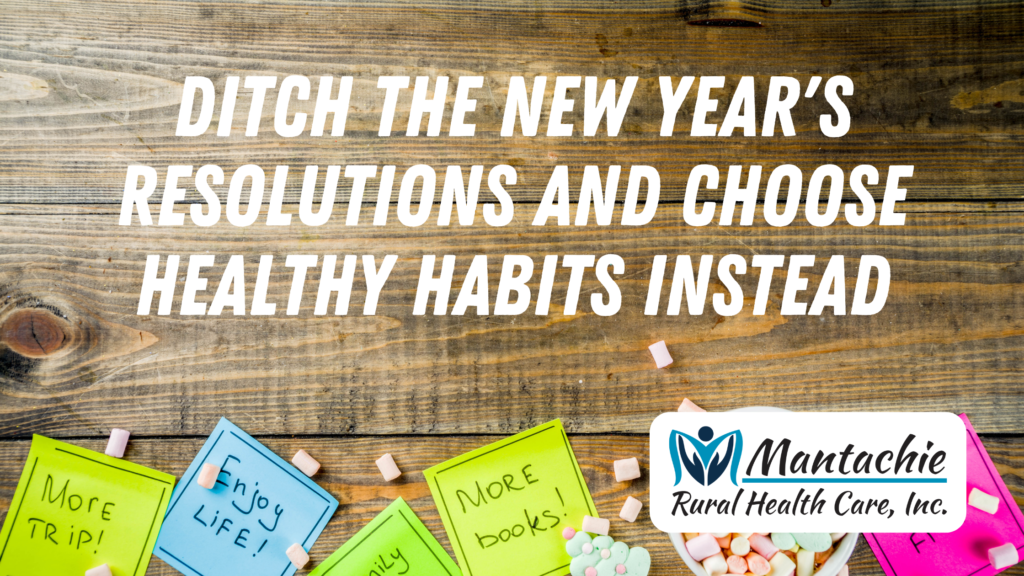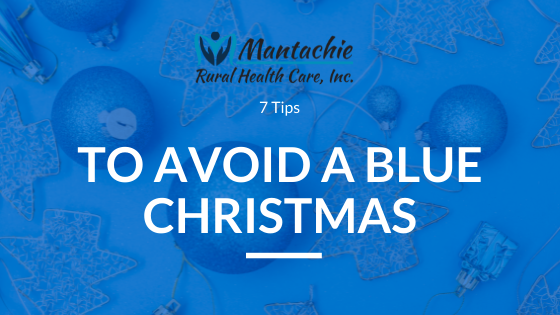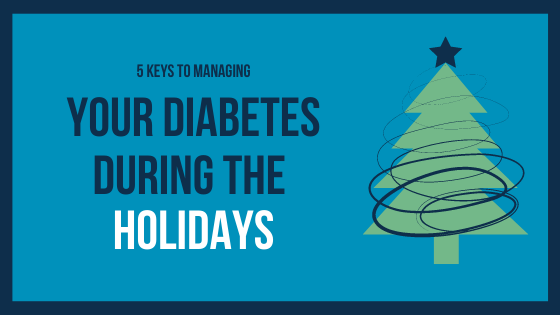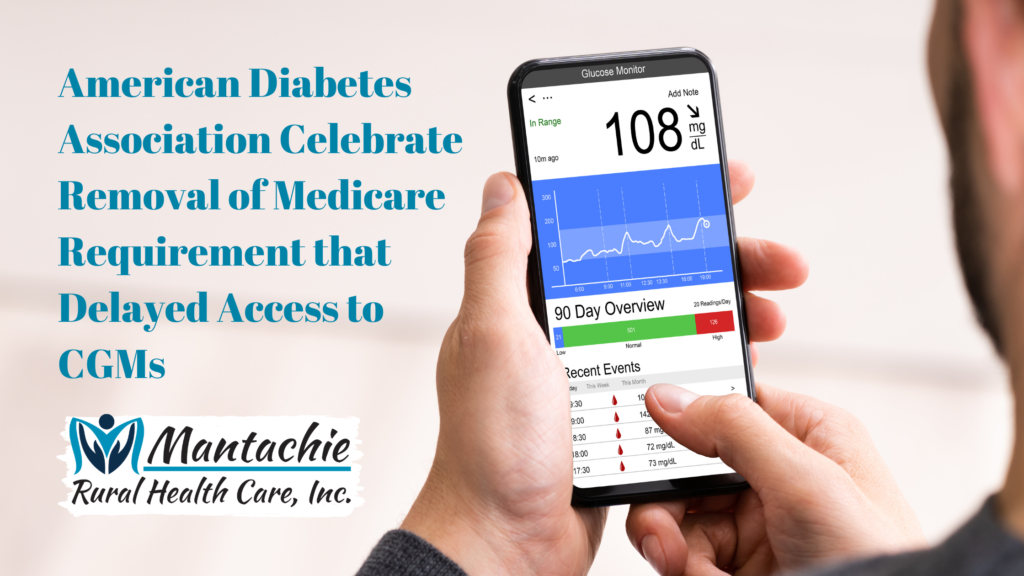
In January 2022, Anne Graham Lotz announced that her daughter, Rachel-Ruth, had suffered two back-to-back heart attacks. Billy Graham’s granddaughter is among rising cases of broken heart syndrome.
Billy Graham’s Granddaughter Among Rising Cases of Broken Heart Syndrome
True to her faith, Lotz called on her followers to join her in prayer and quoted encouraging scriptures that are helping her cope with her daughter’s condition. Later, doctors would find that Rachel-Ruth was actually suffering from another serious heart condition known as spontaneous coronary artery dissection. After a week of treatment, Rachel-Ruth was released from the hospital mid-January.
Although Rachel-Ruth’s condition turned out to be another heart problem, there is a good reason why her physicians initially believed she was suffering from Broken Heart Syndrome. Physicians everywhere have seen a rise in cases of broken heart syndrome in the wake of the covid-19 pandemic.
What is Broken Heart Syndrome?
Broken heart syndrome is a temporary heart condition that is brought on by stressful situations and extreme emotions. It can also be triggered by serious illness or surgery. Broken heart syndrome symptoms can mimic that of a heart attack and include symptoms such as chest pain, shortness of breath, and even fainting. If left untreated, broken heart syndrome can not only mimic a heart attack but lead to one. That’s why you should seek emergency help if you begin suffering from any of the mentioned symptoms.
Physicians aren’t sure if the rise in cases of broken heart syndrome is due to the psychological stresses brought on by the pandemic or because the virus itself has receptors on the heart muscle that can increase. Possibly, the culprit is a little bit of both.
The pandemic isn’t the first situation to cause an unusual rise in cases of broken heart syndrome, which is considered a rare condition except in instances like the pandemic or the aftermath of a major catastrophic event. Case in point, the residents of Christchurch, New Zealand experienced an uptick in broken heart cases in women following the devastating 2010 and 2011 earthquakes.
Years after the earthquakes in Christchurch, medical researchers from the same area began searching for the reasons why some people are more susceptible to broken heart syndrome than others. One culprit they found appears to be in DNA. Copy number variations, or CNVs, are changes in DNA that can lead to the development of certain conditions. About 40 percent of study subjects had CNVs in their DNA, though none were the same. Still, it’s thought that CNVs cause the disorder, but other factors must trigger it.
What you can do to prevent Broken Heart Syndrome
It’s impossible to stop stressful and extremely emotional events from arising. But you can take steps to take care of your heart to help lower the risk of suffering this condition. Following a heart-healthy diet and exercise plan and making regular checkups with your provider are the best ways to take care of your heart.
Need to catch up with your Mantachie Rural Healthcare provider and ask how your heart’s doing? Click here to request an appointment.









